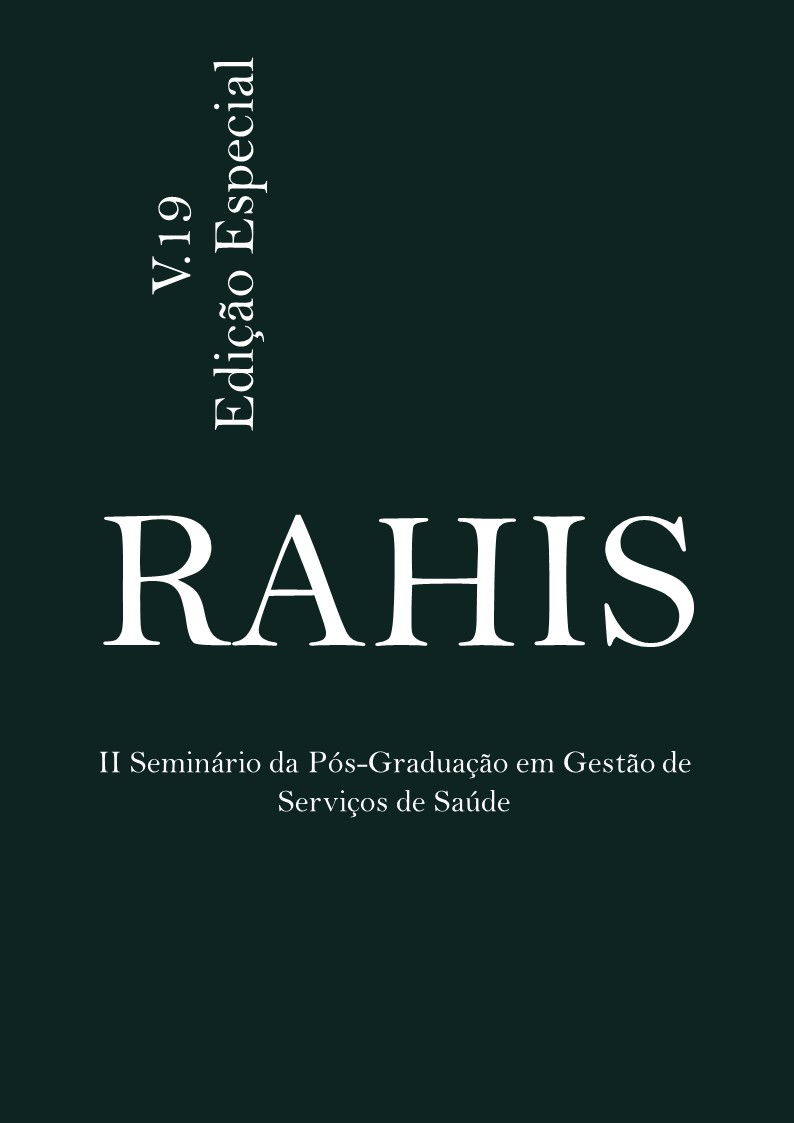Abstract
Introduction: With population aging and increased longevity, an increase in the demand for care for this population is to be expected, for several reasons, including falls. Objective: To analyze the socio-demographic and clinical factors associated with care for falls in elderly patients at a reference emergency room for multiple trauma patients in the State of Minas Gerais. Methodology: Descriptive cross-sectional study of a quantitative nature, collecting data from secondary sources. Results: The analysis showed greater chances of falling in females; a patient aged 75 to 79 years is 1.2 times more likely to suffer a fall compared to a patient aged 60 to 64 years. These chances are increased by 1.5 times if the patient is between 80 and 84 years old, 2.0 times if they are between 85 and 89 years old, 2.5 times if they are between 90 and 94 years old, 3 .4 times if you are between 95 and 99 years old and 6.5 times if you are between 100 years old and over. A patient with a Manchester green classification is 2.7 times more likely to fall compared to a patient with a blue classification. These chances are increased 4.8 times for the patient classified as yellow, an increase of 6.4 times for the orange color classification and 3.3 times for the red color. Lower limb injuries were the most prevalent among bodily injuries. Final Considerations: The results presented are inputs for the planning of actions necessary for the management and organization of health care for the elderly, which contribute to the strengthening of quality, safe and transparent care.
Keywords: Elderly. Falls. Emergency Room.
